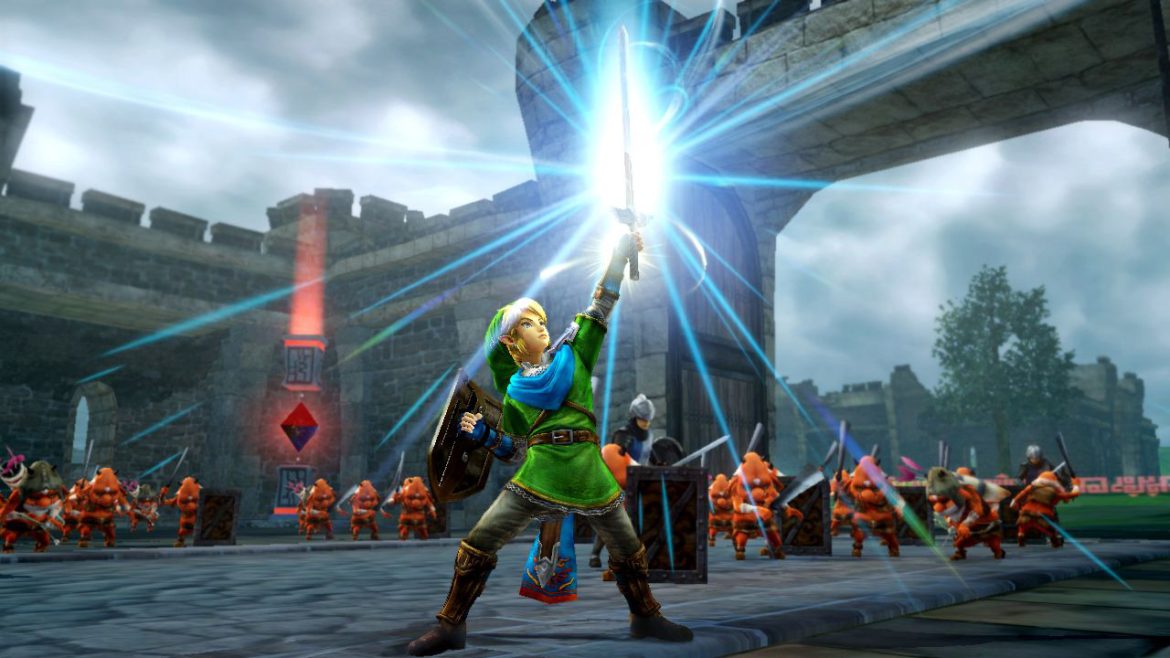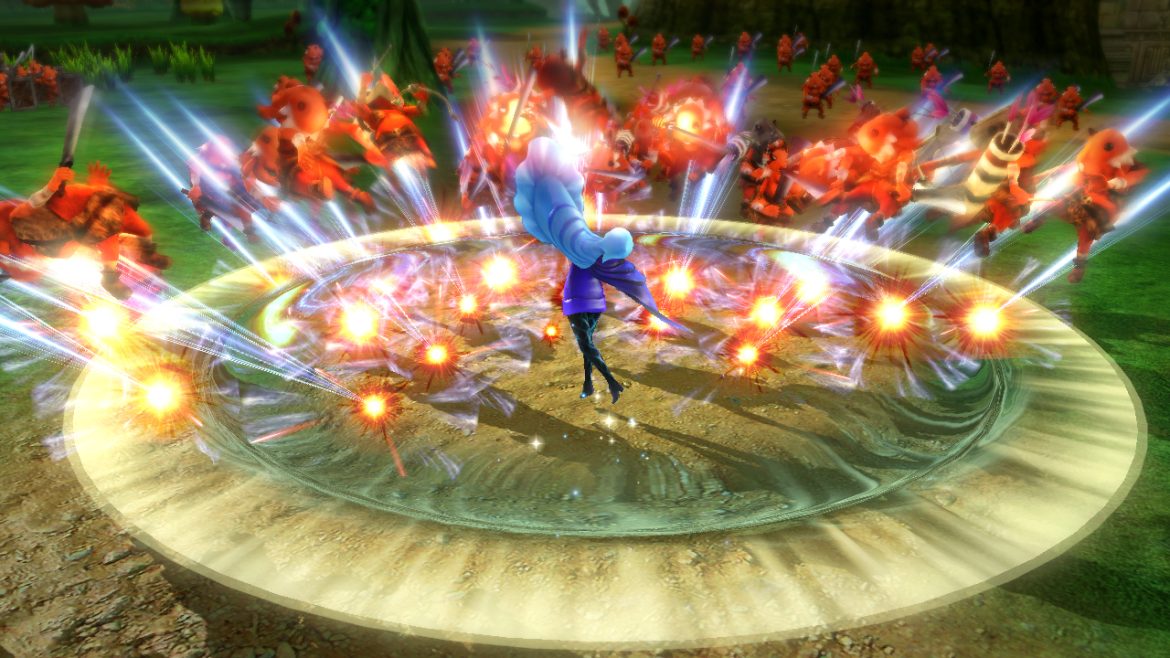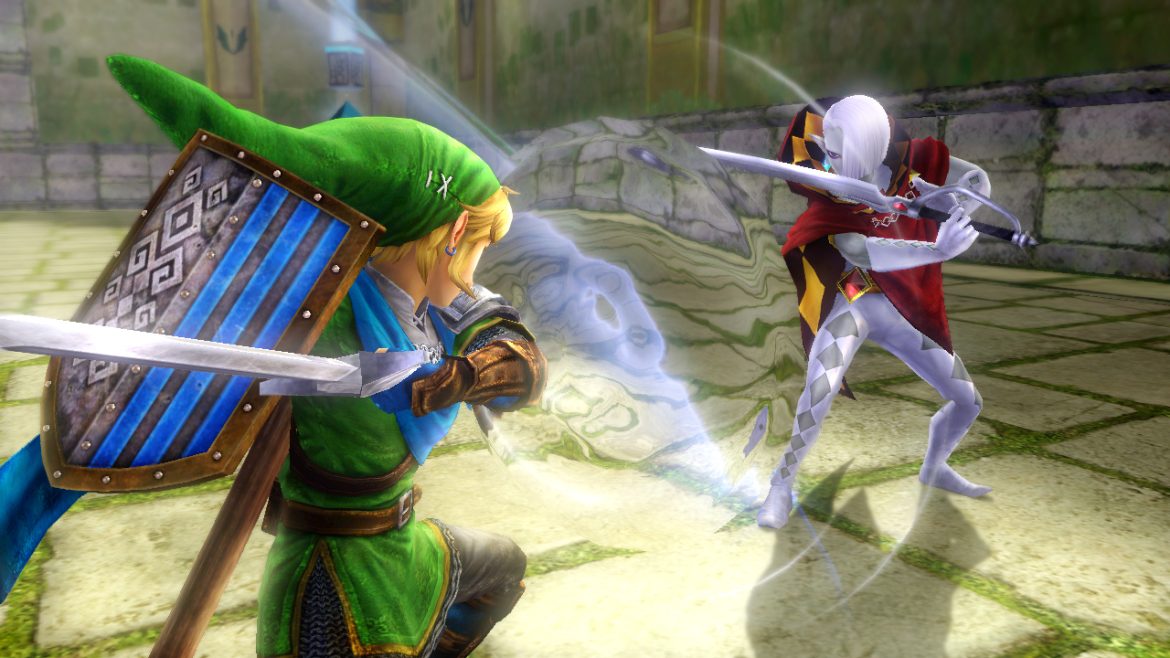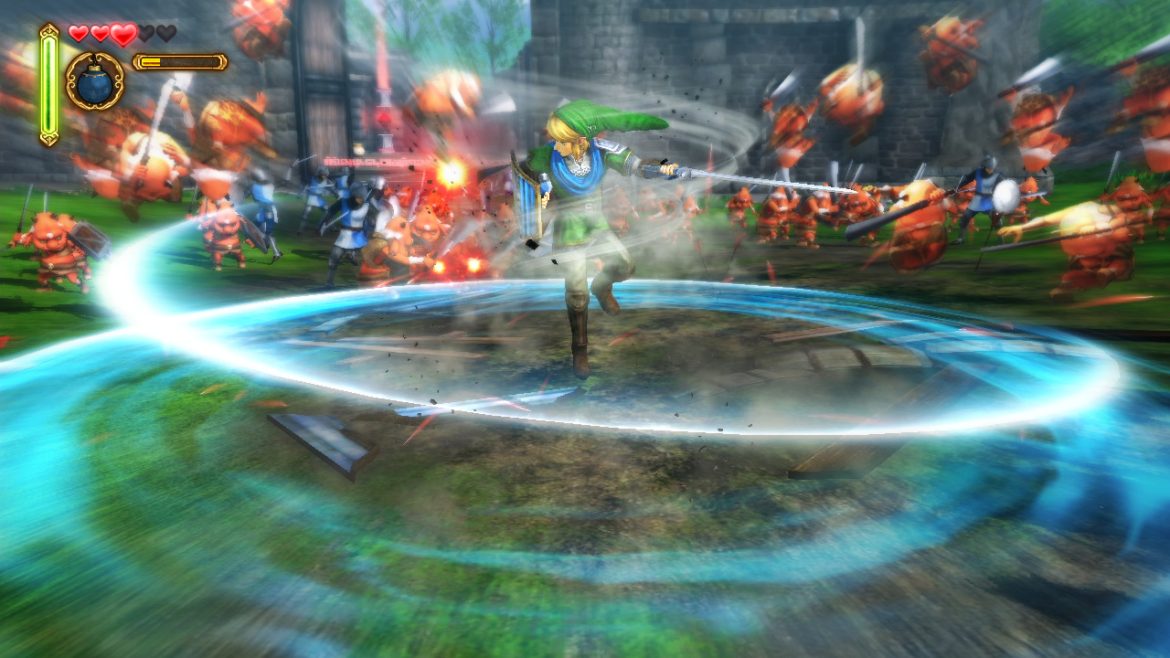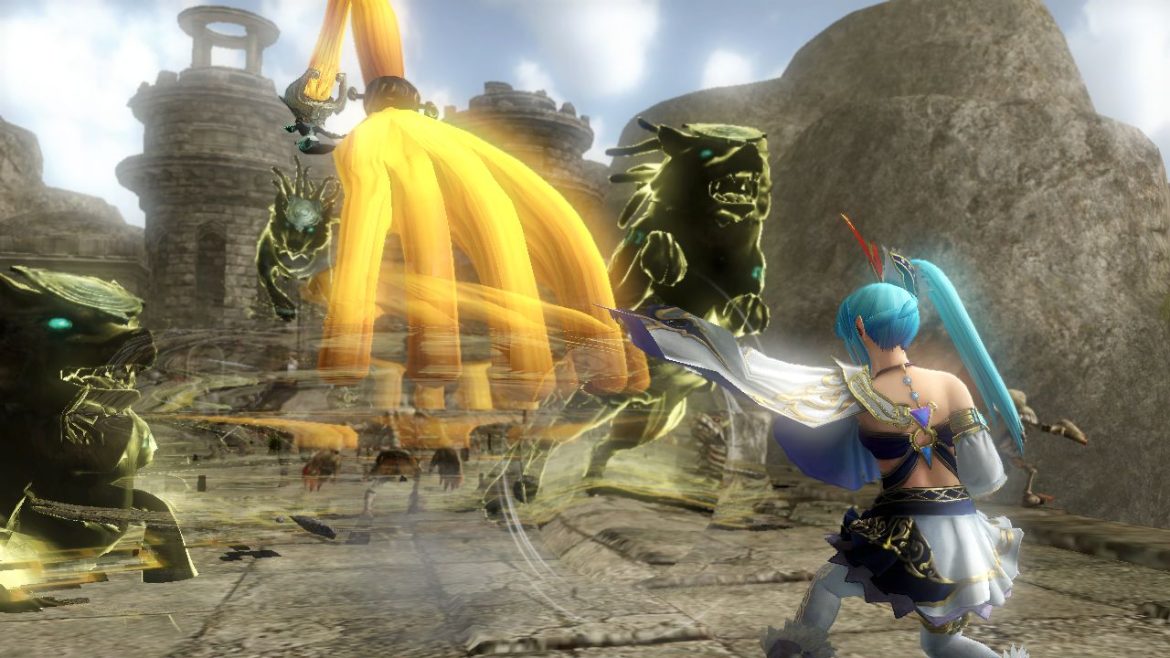TL;DR
Hyrule Warriors mashes up Dynasty Warriors' hack-and-slash combat with the beloved Zelda universe. Expect to cleave through hordes of enemies, use familiar Zelda items, and play as iconic characters like Link and Zelda. While it offers fast-paced action and a vibrant presentation, it sacrifices Zelda's traditional puzzle-solving for arcade-style battles. Navigation can be tricky, and the sheer chaos might disorient some players. It's a fun, action-packed diversion for Zelda fans, but don't expect a classic Zelda adventure. Dive in to see if this unique blend is your next gaming obsession!
The games within The Legend of Zelda franchise are among the most beloved and popular in the gaming world. Since Shigeru Miyamoto’s initial title captivated audiences on the 8-bit NES in the 1980s, Nintendo has consistently delivered unforgettable sequels, including A Link to The Past and The Wind Waker. Now, under the direction of Eiji Aounuma, they continue to evolve the core concept. In Hyrule Warriors, the gameplay mechanics of the immensely popular Dynasty Warriors series – clearing vast numbers of enemies – are combined with the established Zelda mythology and its iconic characters.
For those unfamiliar with the Dynasty Warriors franchise, the core gameplay loop involves controlling a hero across moderately sized, open maps where large-scale battles unfold. Presented from a third-person perspective with a freely rotatable camera, each hero possesses unique special attacks. The objective is to eliminate foot soldiers while engaging in larger boss encounters, often demanding specific strategies for success. Integrating Zelda into this framework proves surprisingly effective, though not without certain compromises.
The narrative generally follows a familiar pattern: Princess Zelda enjoys a period of peace until an evil force attacks her kingdom, leading to her disappearance. Subsequently, a hero – consistently appearing as the green-clad Link – emerges to restore balance. However, the Zelda series is not primarily driven by its narrative, but rather by the well-loved elements established over years of gameplay: sword combat, the strategic use of bombs, exploration of caves, and challenging boss encounters.
This iteration of Zelda emphasizes arcade-style action, challenging players to fight through hordes of enemies. Eliminating over 1000 enemies per stage is not uncommon. The game mechanics are relatively straightforward, featuring quick attacks, strong attacks, and a special attack that charges over time. Players also have access to magic and familiar Zelda items like bombs. Each stage requires the conquest of smaller forts or courtyards by defeating the respective “keep boss.” Successfully doing so results in friendly soldiers spawning into the stage, aiding in shifting the battle’s momentum. While combat progresses, special events may occur, such as eliminating a golden Skulltula spider for bonus rewards or assisting allies in combat to prevent their defeat.
The map sizes feel adequate, although navigation and orientation can present challenges. Familiarity with each location and awareness of one-way sections requires time. Moreover, during intense combat, the visual chaos resulting from widespread attacks, even with target locking, can lead to a degree of confusion. This issue is a recurring element in Dynasty Warriors games and carries over to this crossover title, exacerbated by occasional disorientation.
Hyrule Warriors distinguishes itself from Dynasty Warriors through its compelling cast of playable characters, including Link, Impa, Sheik, Fi, and several surprising additions. Between stages, players select their primary character, with the computer controlling the remaining characters. Treasures and rupees collected during stages can be used to forge new weapons and accessories, such as the iconic empty bottle.
From a technical perspective, Hyrule Warriors is well-executed. The Zelda universe has never appeared so vibrant, with stylish environments, impressive lighting effects, and intense on-screen action. Frame rate slowdown can occur during particularly chaotic moments with numerous enemies and large bosses, pushing the Wii U’s processing capabilities. This highlights the console’s age compared to its next-generation counterparts. The sound design incorporates familiar Zelda sound effects, such as Link’s signature yell during his spinning sword attack, alongside various iterations of the classic Zelda theme, ranging from subtle variations to more energetic J-Pop arrangements.
The appeal of Hyrule Warriors lies in its action-packed hack-and-slash gameplay, suitable for extended play sessions (each stage lasting approximately 20-40 minutes, depending on skill and thoroughness). The option to select characters and customize weapons adds a layer of creative agency. However, players anticipating a traditional Zelda experience with intricate puzzles and reflective moments may find themselves somewhat disappointed. Hyrule Warriors places limited emphasis on character development (outside of cutscenes), and its puzzles often consist of defeating specific enemies at designated locations within a time limit, which may not offer long-term depth or variety.
Additional modes and challenges, such as time-limited stage completions and an adventure mode incorporating 8-bit nostalgia with specific missions and collectible playing cards, provide unlockable content and bonuses. These features extend the game’s replayability beyond the main Legend mode.
Overall, we enjoyed Hyrule Warriors. However, it ultimately feels like a temporary distraction while awaiting the next mainline Zelda installment. In the interim, it provides an entertaining and accessible experience, particularly for those already familiar with the Zelda universe. Nintendo deserves credit for its willingness to experiment and introduce novel concepts, potentially attracting a more action-oriented audience to the world of Link, Zelda, and their companions. Yet, for seasoned Zelda adventure enthusiasts, this serves primarily as an appetizer – a satisfying one, but an appetizer nonetheless, as we await the arrival of the main course.
